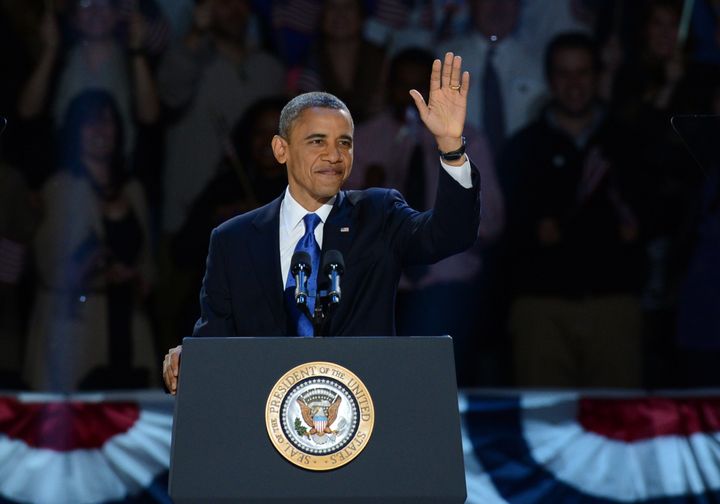
Elections are the ultimate marketing campaign. Candidates raise and spend millions (or billions) of dollars with one simple goal: getting people to pick their "product."
Four years ago, the Obama team ran what was not only the best political campaign in history, it was perhaps the best marketing campaign in history. Millions of people who were passionate about the candidate took it upon themselves to use word of mouth marketing and become (unpaid) loyal advocates for the campaign -- any marketer's dream. These peer-to-peer efforts coincided perfectly with the explosion of social networks, and the campaign (with help from Blue State Digital) was masterful at leveraging the power of Facebook, YouTube, Twitter, blogs and text messaging to facilitate this peer-to-peer advocacy.
On Wednesday morning, November 5, 2008, corporate executives and marketers read about the campaign's successful use of social media -- Obama had 2.4M Facebook fans (vs. McCain's 623K), 126K Twitter followers (vs. McCain's 5K) and 97 percent of the 1.5 billion views of campaign videos (14.6 million hours vs. ½ million hours) were spent watching Obama videos -- and looked for marketing lessons. Unfortunately, these CEOs, CMOs and other marketers learned the wrong lesson, by thinking that Facebook, YouTube, Twitter and other social networks were magic bullets and that getting followers, likes and impressions would translate into increased sales. What they didn't learn from Obama '08 is that it's necessary to create passionate, brand loyalists who can translate this passion into truly social marketing.
Fast forward to 2012, when, as Micah Sifry writes, "social media just didn't matter in 2012, except as a new form of passing entertainment." The Obama '12 team again pushed the limits of marketing by recognizing four important trends that are valuable lessons for corporate marketers:
1) Demographic shifts have permanently changed America
In 2011, nonwhite babies outnumbered white babies for the first time in U.S. history (meaning that whites will become "minorities"). While many corporations have "diversity marketing" groups, how much attention are senior executives paying to understanding their various target communities and the ways they need to adapt their market approach to succeed in this changed landscape?
2) Big data is an essential component of marketing success
The Obama campaign leveraged "big data" to segment and target potential voters based on demographic patterns, with integrated databases that synched touchpoints such as donations, door-to-door contacts, voter registration and surveys where voters told campaign staff and volunteers what issues were most important to them. Smart marketers will use "big data" tools to track every interaction with customers so every touchpoint is coordinated and recorded, and customers are custom targeted based on prior interests, complaints and purchases.
3) Peer-to-peer targeting
The Obama '12 campaign understood that the most powerful marketing is friend-to-friend, and it built the "Dashboard" to enable people to reach out to their social networks to support the campaign. This effort was tremendously successful. Per CNN, the campaign found that 20 percent of people contacted by friends (to register to vote, vote early or go to the polls) acted, in large part because the message came from someone they knew. The challenge for marketers isn't to get social media followers, or to get people to sign up for special offers via social media. It is to create passionate brand loyalists and to motivate them to promote the brand to their peers.
4) All marketing is local
The Obama '12 campaign recognized that local organizing was essential and opened 786 field offices, compared to Romney's 284. This was especially true in the most important states. Obama had 131 Ohio field offices (vs. Romney's 40), 106 in Florida (vs. Romney's 47) and 61 in Virginia (vs. Romney's 30). As national field director Jeremy Bird told The Atlantic, "These people know their communities. It's real, deep community organizing in a way we didn't have time to do in 2008." National corporations need to give local offices sufficient autonomy so that they can cater to the needs and interests of local communities, and so they can work to support their local community in meaningful ways.
